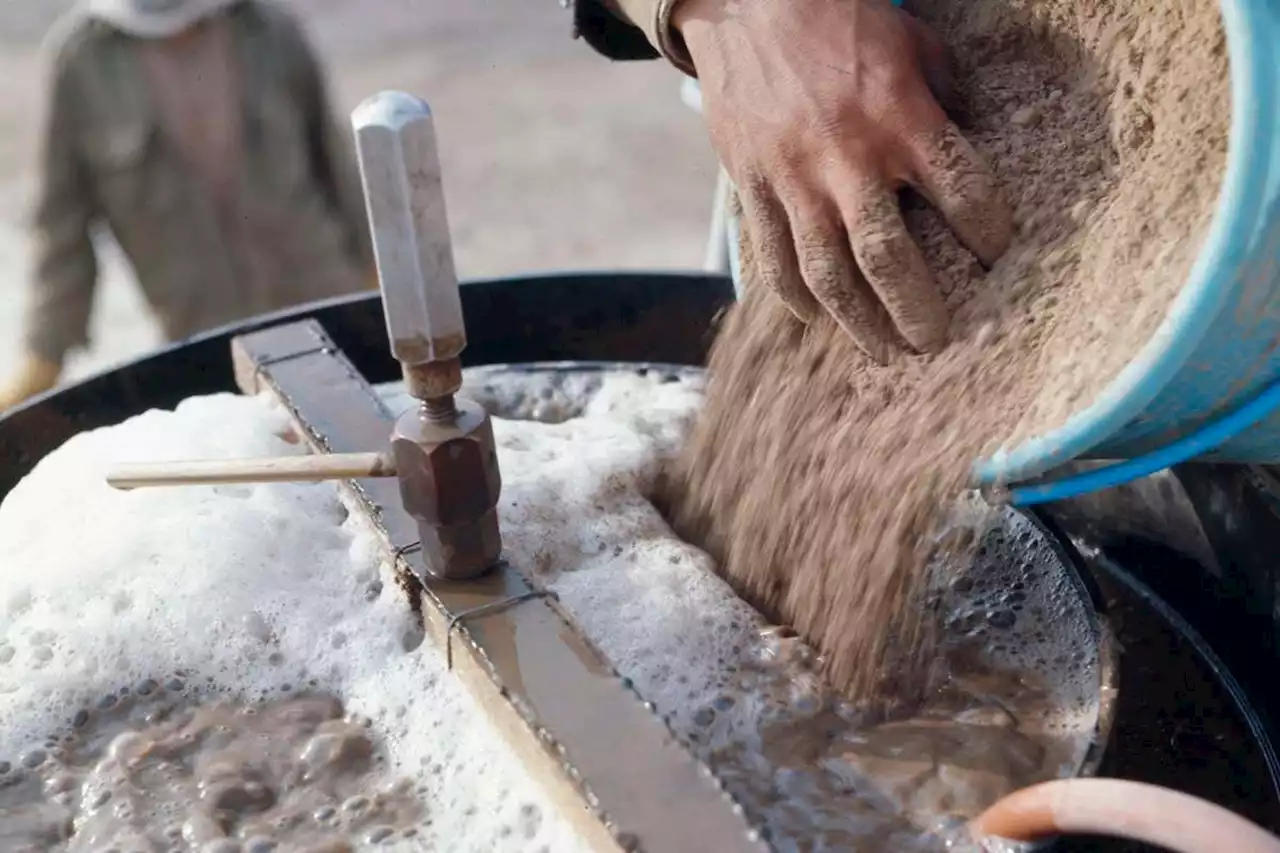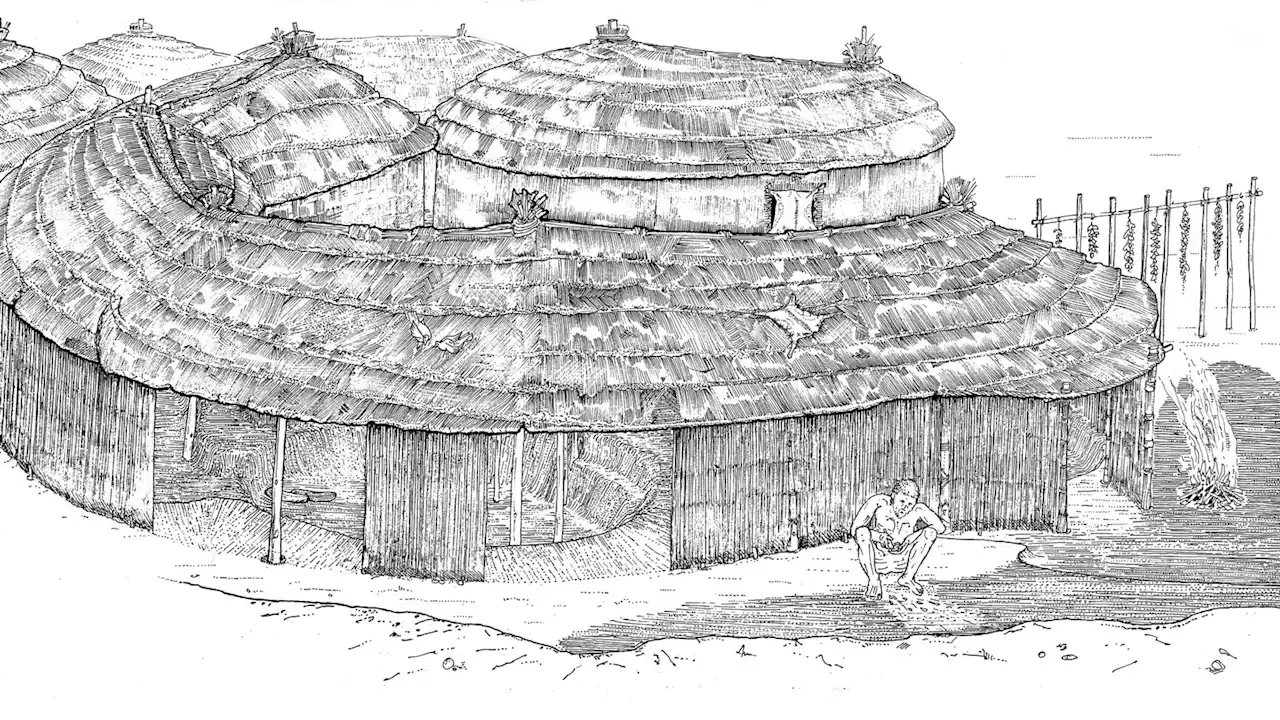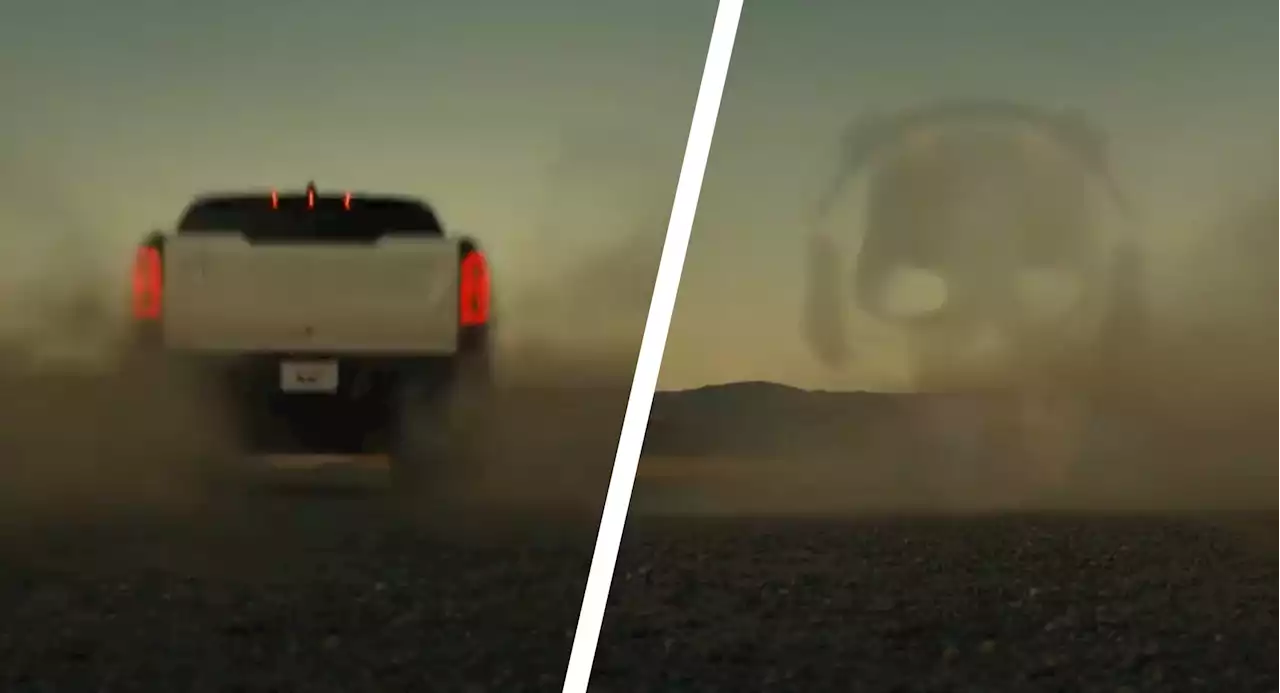New on SAPIENS: 'When women are depicted as victims in need of saving by outsiders, then women fighting to save themselves becomes the ultimate act of desperation—and heroism'
” in their fight against Russian invaders—have been heavily featured in the media.
These women—from such different places, fighting for such different causes—may have little in common. Yet, women with guns, no matter where they’re from, often generate oddly similar reactions from U.S. and European audiences: enthusiasm, intrigue, or at the very least, morbid curiosity.As an anthropologist, I’ve interviewed international military personal in the Americas, Eastern Europe, and the Middle East, specifically exploring how gender and violence work together.
Popular culture frequently paints men as “naturally” violent, brave protectors. They’re the only ones capable of defending the motherland from threats . Women, by contrast, get portrayed as weaker and peaceful, merely in the backdrop of violence. As perpetual civilians, suffering women and children can evoke pity, support, and admiration. A photo of a
United States Latest News, United States Headlines
Similar News:You can also read news stories similar to this one that we have collected from other news sources.
 Epipalaeolithic animal tending to Neolithic herding at Abu Hureyra, Syria (12,800–7,800 calBP): Deciphering dung spherulitesExcavations at Abu Hureyra, Syria, during the 1970s exposed a long sequence of occupation spanning the transition from hunting-and-gathering to agriculture. Dung spherulites preserved within curated flotation samples from Epipalaeolithic (ca. 13,300–11,400 calBP) and Neolithic (ca. 10,600–7,800 calBP) occupations are examined here alongside archaeological, archaeobotanical, and zooarchaeological data to consider animal management, fuel selection, and various uses of dung. Spherulites were present throughout the entire sequence in varying concentrations. Using a new method to quantify spherulites, exclusion criteria were developed to eliminate samples possibly contaminated with modern dung, strengthening observations of ancient human behavior. Darkened spherulites within an Epipalaeolithic 1B firepit (12,800–12,300 calBP) indicate burning between 500–700°C, documenting early use of dung fuel by hunter-gatherers as a supplement to wood, coeval with a dramatic shift to rectilinear architecture, increasing proportions of wild sheep and aurochsen, reduced emphasis on small game, and elevated dung concentrations immediately outside the 1B dwelling. Combined, these observations suggest that small numbers of live animals (possibly wild sheep) were tended on-site by Epipalaeolithic hunter-gatherers to supplement gazelle hunting, raising the question of whether early experiments in animal management emerged contemporaneously with, or pre-date, cultivation. Dung was used to prepare plaster floors during the Neolithic and continued to be burned as a supplemental fuel, indicating that spherulites were deposited via multiple human- and animal-related pathways. This has important implications for interpretations of archaeobotanical assemblages across the region. Spherulite concentrations dropped abruptly during Neolithic 2B (9,300–8,000 calBP) and 2C (8,000–7,800 calBP), when sheep/goat herding surpassed gazelle hunting, possibly corresponding with movement of animals away from th
Epipalaeolithic animal tending to Neolithic herding at Abu Hureyra, Syria (12,800–7,800 calBP): Deciphering dung spherulitesExcavations at Abu Hureyra, Syria, during the 1970s exposed a long sequence of occupation spanning the transition from hunting-and-gathering to agriculture. Dung spherulites preserved within curated flotation samples from Epipalaeolithic (ca. 13,300–11,400 calBP) and Neolithic (ca. 10,600–7,800 calBP) occupations are examined here alongside archaeological, archaeobotanical, and zooarchaeological data to consider animal management, fuel selection, and various uses of dung. Spherulites were present throughout the entire sequence in varying concentrations. Using a new method to quantify spherulites, exclusion criteria were developed to eliminate samples possibly contaminated with modern dung, strengthening observations of ancient human behavior. Darkened spherulites within an Epipalaeolithic 1B firepit (12,800–12,300 calBP) indicate burning between 500–700°C, documenting early use of dung fuel by hunter-gatherers as a supplement to wood, coeval with a dramatic shift to rectilinear architecture, increasing proportions of wild sheep and aurochsen, reduced emphasis on small game, and elevated dung concentrations immediately outside the 1B dwelling. Combined, these observations suggest that small numbers of live animals (possibly wild sheep) were tended on-site by Epipalaeolithic hunter-gatherers to supplement gazelle hunting, raising the question of whether early experiments in animal management emerged contemporaneously with, or pre-date, cultivation. Dung was used to prepare plaster floors during the Neolithic and continued to be burned as a supplemental fuel, indicating that spherulites were deposited via multiple human- and animal-related pathways. This has important implications for interpretations of archaeobotanical assemblages across the region. Spherulite concentrations dropped abruptly during Neolithic 2B (9,300–8,000 calBP) and 2C (8,000–7,800 calBP), when sheep/goat herding surpassed gazelle hunting, possibly corresponding with movement of animals away from th
Read more »
 Hunter-gatherers kept animals for food before they farmed cropsAncient dung hints that 12,000 years ago, a population of hunter-gatherers in what is now Syria kept animals like sheep or gazelles around – probably for food
Hunter-gatherers kept animals for food before they farmed cropsAncient dung hints that 12,000 years ago, a population of hunter-gatherers in what is now Syria kept animals like sheep or gazelles around – probably for food
Read more »
 Humans may have started tending animals almost 13,000 years agoRemnants from an ancient fire pit in Syria suggest that hunter-gatherers were burning dung as fuel by the end of the Old Stone Age.
Humans may have started tending animals almost 13,000 years agoRemnants from an ancient fire pit in Syria suggest that hunter-gatherers were burning dung as fuel by the end of the Old Stone Age.
Read more »
 GMC Hummer EV Teaser Is Related To Call Of Duty Video Game Franchise | CarscoopsGMC Hummer EV Teaser Is Related To Call Of Duty Video Game Franchise | Carscoops carscoops
GMC Hummer EV Teaser Is Related To Call Of Duty Video Game Franchise | CarscoopsGMC Hummer EV Teaser Is Related To Call Of Duty Video Game Franchise | Carscoops carscoops
Read more »
 Call of Duty Announces New Code of Conduct, Reveals Number of Accounts BannedCall of Duty has revealed a new Code of Conduct and the number of accounts that have been banned to date.
Call of Duty Announces New Code of Conduct, Reveals Number of Accounts BannedCall of Duty has revealed a new Code of Conduct and the number of accounts that have been banned to date.
Read more »
